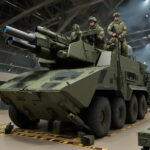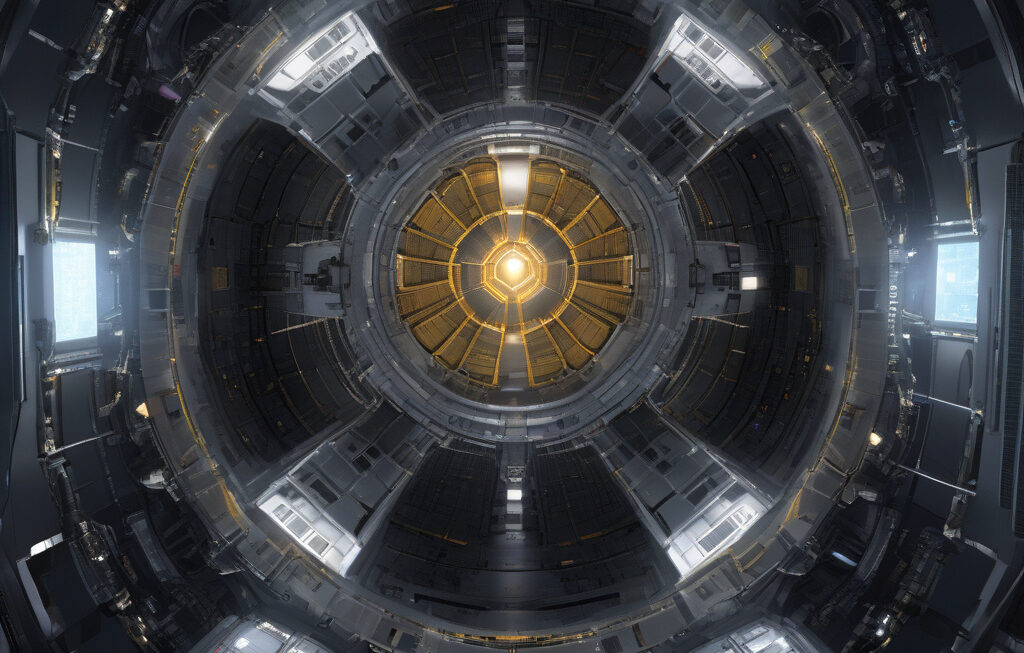NASA Tests 14-Inch Hybrid Rocket Motor for Smoother and Safer Moon Touchdowns
NASA’s Marshall Space Flight Center experts in Huntsville, Alabama, are conducting crucial tests for a 14-inch hybrid rocket motor. This innovative technology aims to revolutionize Moon landings by ensuring smoother and safer touchdowns for future missions. The development of this hybrid rocket motor showcases NASA’s commitment to advancing space exploration capabilities and enhancing mission success rates.
The 14-inch hybrid rocket motor combines the efficiency of solid rocket motors with the controllability of liquid propulsion systems. This hybrid design offers a unique solution to improve landing precision and safety, particularly crucial for upcoming lunar missions. By harnessing the benefits of both solid and liquid propulsion technologies, NASA can overcome the limitations of traditional rocket systems and enhance overall performance.
One of the key advantages of the hybrid rocket motor is its enhanced throttleability, allowing for greater control over thrust levels during descent. This capability enables a more precise landing trajectory, reducing the risk of rough landings and ensuring a smoother touchdown on the lunar surface. With the goal of establishing a sustainable human presence on the Moon, this technology plays a critical role in enabling astronauts to safely reach and depart from the lunar terrain.
Moreover, the development of the 14-inch hybrid rocket motor represents a significant step forward in NASA’s efforts to innovate and adapt to the challenges of space exploration. By investing in advanced propulsion systems, the agency demonstrates its commitment to pushing the boundaries of aerospace engineering and achieving breakthroughs in mission capabilities. The successful testing of this hybrid technology paves the way for future lunar missions that prioritize safety, efficiency, and precision.
In addition to its technical advantages, the 14-inch hybrid rocket motor also highlights NASA’s collaborative approach to research and development. The project brings together a team of experts from various disciplines, including propulsion systems, aerospace engineering, and mission operations. By leveraging the diverse expertise within the agency, NASA can tackle complex challenges and drive innovation in space exploration.
As NASA continues to refine and optimize the 14-inch hybrid rocket motor through rigorous testing and analysis, the potential benefits for future Moon missions are becoming increasingly clear. Enhanced landing precision, improved safety margins, and increased mission flexibility are just some of the advantages that this innovative technology offers. By prioritizing innovation and investing in cutting-edge propulsion systems, NASA is paving the way for a new era of lunar exploration and discovery.
In conclusion, the testing of the 14-inch hybrid rocket motor by NASA’s Marshall Space Flight Center represents a significant milestone in advancing the capabilities of lunar landings. This groundbreaking technology holds the promise of smoother and safer Moon touchdowns, setting the stage for future missions that will expand our understanding of the lunar surface and pave the way for exciting discoveries in space exploration.
NASA, Marshall Space Flight Center, Hybrid Rocket Motor, Moon Landings, Space Exploration












